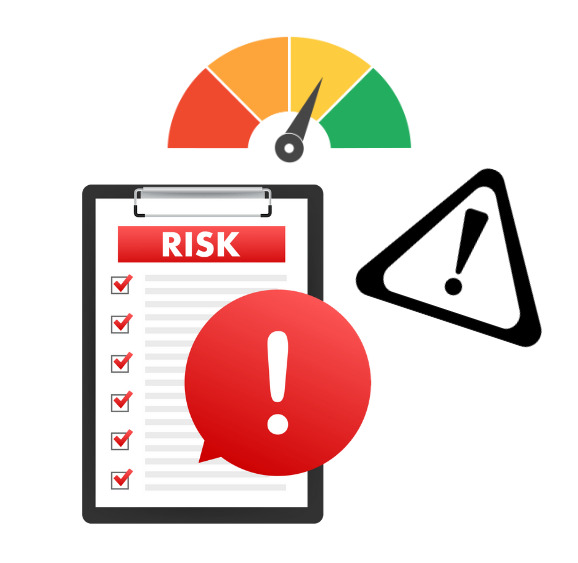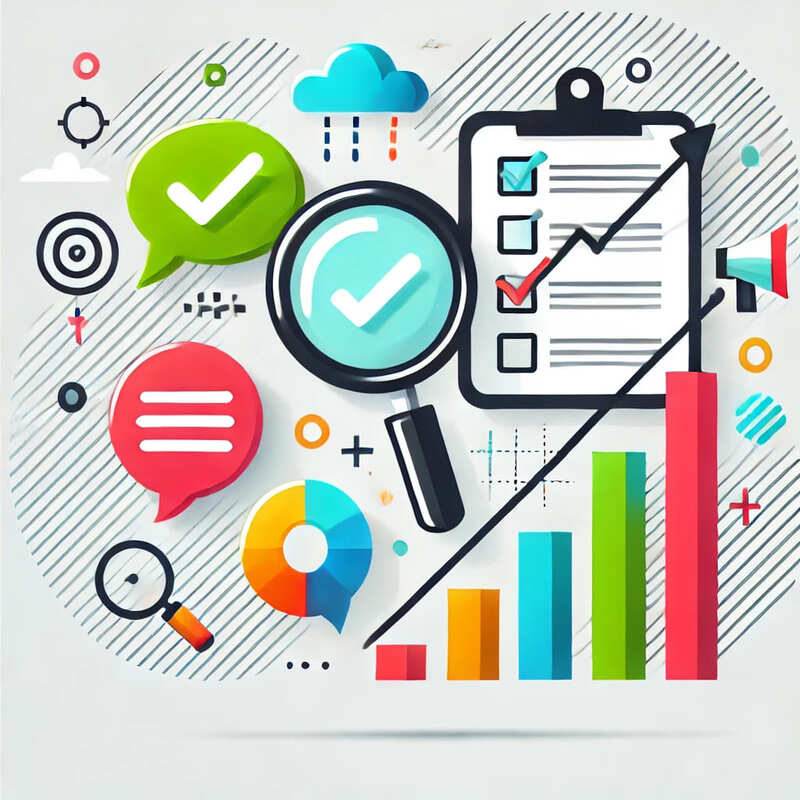Objective
To provide staff members with the knowledge and tools to identify and mitigate risks associated with chosen solutions. This article aims to instill a risk-aware culture that enables better decision-making and minimizes negative impacts on the company.
Topics Covered:
- Introduction to Risk Assessment
- Identifying Risks
- Mitigating Risks
Introduction to Risk Assessment
- What is Risk Assessment?: Risk Assessment is the systematic process of identifying, analyzing, and evaluating uncertainties that could negatively impact objectives.
- Why is Risk Assessment Important?: It helps in making informed decisions by understanding the potential downsides and preparing for them.
- When to Conduct a Risk Assessment?: Ideally, risk assessment should be an integral part of the decision-making process, especially for major projects, new client engagements, and strategic initiatives.
Identifying Risks
- Types of Risks: Operational, financial, reputational, strategic, and compliance risks.
- Methods for Identifying Risks: Brainstorming sessions, historical data analysis, stakeholder interviews, and SWOT analysis.
- Example:
- Problem: Adopting a new marketing automation tool.
- Risks: High costs, steep learning curve, data migration issues, and integration challenges.
Mitigating Risks
- Risk Mitigation Strategies: Avoidance, reduction, sharing, and retention.
- Creating a Risk Mitigation Plan: For each identified risk, assign a mitigation strategy, responsible person, and timeline.
- Monitoring and Review: Regularly review the risks and the effectiveness of the mitigation strategies.
- Example:
- Risk: High costs of a new marketing automation tool.
- Mitigation: Negotiate pricing or look for budget-friendly alternatives.
Summary
Risk Assessment is not just a one-time activity but an ongoing process. By identifying and mitigating risks proactively, you can make more informed decisions and contribute to the company’s success.



